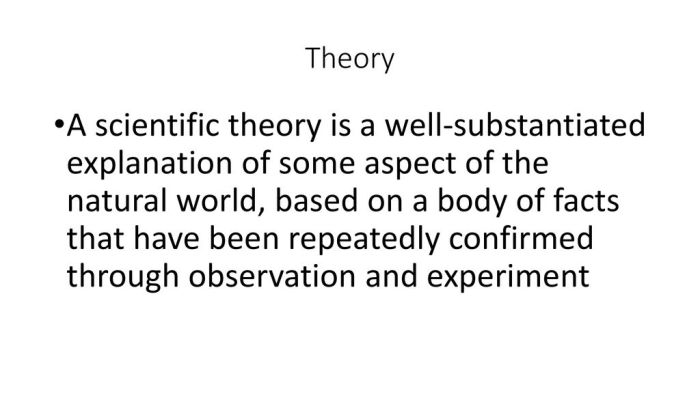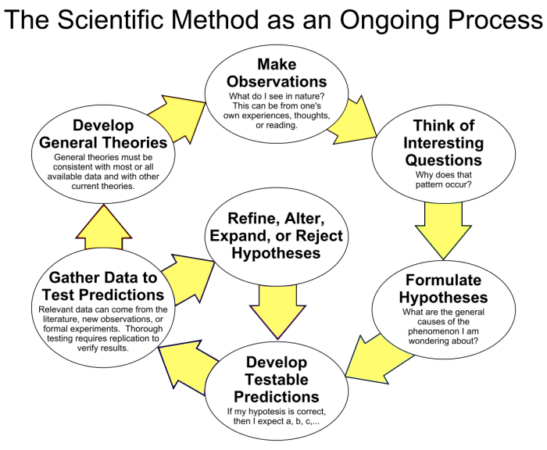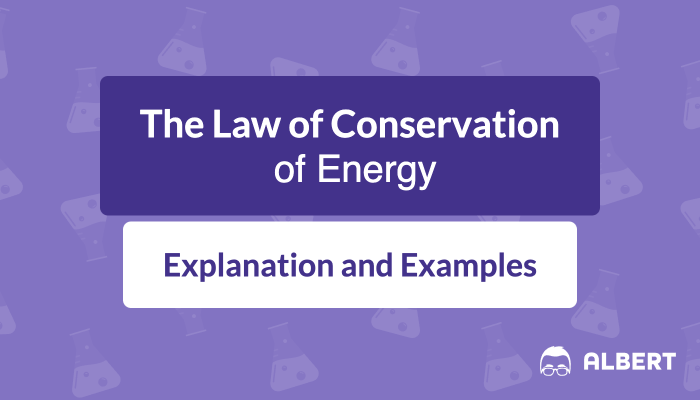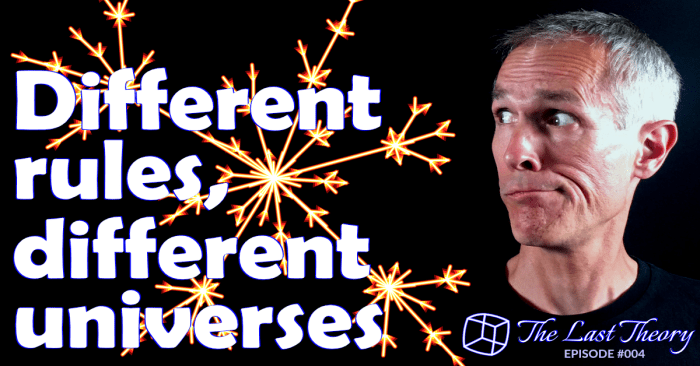
What is the difference between a theory and scientific law – What is the difference between a theory and a scientific law? This question often arises when exploring the world of science. Both terms are used to describe scientific knowledge, but they represent distinct concepts. While scientific laws describe consistent patterns in nature, scientific theories offer explanations for those patterns. Understanding this distinction is crucial for appreciating the dynamic nature of scientific inquiry and the ever-evolving landscape of our understanding of the universe.
The scientific method, a systematic process of observation, experimentation, and analysis, serves as the foundation for both theories and laws. Scientists observe phenomena, formulate hypotheses, and test them through experiments. This iterative process leads to the development of theories and laws, which are constantly refined and challenged as new evidence emerges.
Introduction

Understanding the distinction between a scientific theory and a scientific law is crucial for comprehending the nature of scientific knowledge. While both represent fundamental components of scientific understanding, they differ significantly in their scope and application.
A scientific theory is a well-substantiated explanation of some aspect of the natural world, based on a body of facts that have been repeatedly confirmed through observation and experimentation. It is not merely a guess or a hunch, but rather a robust framework that has been rigorously tested and refined over time. In contrast, a scientific law is a statement that describes an observed pattern in nature, often expressed mathematically. It does not explain why the pattern exists, but rather simply describes how things behave under specific conditions.
The Scientific Method
The scientific method is a systematic approach to understanding the natural world. It involves a series of steps, including observation, hypothesis formation, experimentation, data analysis, and conclusion. The scientific method is the foundation of scientific inquiry, and it is essential for ensuring that scientific knowledge is reliable and objective.
The scientific method is a process of investigation that involves observation, hypothesis formation, experimentation, data analysis, and conclusion.
The scientific method is a cyclical process that begins with observation. Scientists observe the world around them and identify patterns or phenomena that they want to understand. Based on these observations, they formulate a hypothesis, which is a tentative explanation for the observed phenomenon. The hypothesis is then tested through experimentation, and the results of the experiment are analyzed to determine whether they support or refute the hypothesis. If the hypothesis is supported by the data, it can be strengthened and refined. However, if the hypothesis is refuted by the data, it must be revised or rejected. This process of hypothesis testing and refinement is central to the scientific method and allows scientists to build a more complete and accurate understanding of the natural world.
Scientific Theory
A scientific theory is a well-substantiated explanation of some aspect of the natural world, based on a body of facts that have been repeatedly confirmed through observation and experimentation. It is a powerful tool that helps us understand and explain the world around us.
Characteristics of a Scientific Theory
Scientific theories are not just guesses or speculations. They are carefully constructed explanations that meet specific criteria. These characteristics distinguish a scientific theory from a mere hypothesis or a casual idea.
- Power: A scientific theory must be able to explain a wide range of observations and phenomena related to the aspect of the natural world it addresses. It should provide a coherent and logical framework for understanding these observations.
- Predictive Power: A key characteristic of a scientific theory is its ability to make predictions about future events or observations. These predictions can then be tested through further experimentation or observation, providing further support for the theory.
- Testability: A scientific theory must be testable, meaning that it must be possible to design experiments or observations that can either support or refute the theory. This testability is crucial for the scientific method, as it allows for the refinement and improvement of theories over time.
- Falsifiability: A scientific theory must be falsifiable, meaning that it must be possible to conceive of an experiment or observation that could disprove the theory. This characteristic distinguishes scientific theories from non-scientific beliefs or ideas, which may not be open to being disproven.
- Parsimony: A scientific theory should be as simple as possible while still adequately explaining the phenomena it addresses. This principle of parsimony, also known as Occam’s razor, suggests that the simplest explanation is usually the best one.
Examples of Well-Established Scientific Theories
Many scientific theories have been extensively tested and supported by a vast body of evidence, making them highly reliable explanations of the natural world. Here are a few examples:
- The Theory of Evolution: This theory, proposed by Charles Darwin, explains the diversity of life on Earth through the process of natural selection. It has been supported by a wealth of evidence from paleontology, genetics, and other fields, and is considered one of the most fundamental theories in biology.
- The Theory of Relativity: Developed by Albert Einstein, this theory revolutionized our understanding of space, time, gravity, and the universe. It has been confirmed through numerous experiments and observations, including the bending of light around massive objects and the existence of gravitational waves.
- The Cell Theory: This theory states that all living organisms are composed of cells, which are the basic unit of life. It has been supported by extensive observations and experiments using microscopes, and has been fundamental to our understanding of biology.
- The Germ Theory of Disease: This theory, developed by Louis Pasteur and Robert Koch, explains that many diseases are caused by microscopic organisms called germs. It has revolutionized medicine and led to the development of vaccines and antibiotics.
Scientific Law
A scientific law is a statement that describes an observed pattern in nature. It is a concise and universally accepted statement that summarizes a large body of experimental evidence. Unlike a scientific theory, which attempts to explain why something happens, a scientific law describes what happens under certain conditions.
Characteristics of a Scientific Law
Scientific laws are characterized by their ability to describe consistent patterns in nature. They are based on repeated observations and experiments, and they have been consistently validated over time.
- Universality: Scientific laws apply to all situations within their scope, regardless of time, place, or other conditions. For example, the law of gravity applies to all objects in the universe, regardless of their size or location.
- Predictability: Scientific laws allow us to predict the outcome of a given situation. For example, we can predict the trajectory of a projectile using Newton’s laws of motion.
- Conciseness: Scientific laws are typically expressed as concise mathematical equations or statements that capture the essence of the observed pattern.
- Empirical Support: Scientific laws are based on a large body of experimental evidence and have been consistently validated over time.
Examples of Scientific Laws
Here are some examples of well-known scientific laws:
- Newton’s Law of Universal Gravitation: This law states that every particle in the universe attracts every other particle with a force that is proportional to the product of their masses and inversely proportional to the square of the distance between their centers. This law explains why objects fall to the ground and why planets orbit the sun.
- The Law of Conservation of Energy: This law states that energy cannot be created or destroyed, only transformed from one form to another. This law explains why a pendulum swings back and forth, why a ball bounces, and why a car moves.
- The Law of Conservation of Momentum: This law states that the total momentum of a closed system remains constant. This law explains why a rocket launches into space, why a car moves when you press the gas pedal, and why a billiard ball stops after hitting another ball.
Key Differences
Scientific theories and scientific laws are both fundamental concepts in science, but they differ significantly in their nature and purpose. While both contribute to our understanding of the natural world, they play distinct roles in the scientific process.
Comparing and Contrasting Characteristics
The characteristics of scientific theories and scientific laws help to distinguish between them.
- Scientific Theories are comprehensive explanations of natural phenomena that are supported by a vast body of evidence. They provide a framework for understanding how and why things happen. Theories are constantly tested and refined as new evidence emerges.
- Scientific Laws, on the other hand, are concise statements that describe a specific relationship between variables in nature. They are based on repeated observations and experiments, and they are often expressed mathematically. Laws do not explain why a phenomenon occurs; they simply describe what happens under specific conditions.
Relationship Between Theories and Laws, What is the difference between a theory and scientific law
Scientific theories and laws are interconnected. Theories can explain laws, but laws cannot explain theories.
A theory can explain why a law exists, but a law cannot explain why a theory is true.
For example, the theory of gravity explains why objects fall to the ground. The law of universal gravitation describes the force of attraction between any two objects with mass. The theory explains the law, but the law cannot explain the theory.
Key Differences Summarized
The following table summarizes the key differences between scientific theories and laws:
| Characteristic | Scientific Theory | Scientific Law |
|---|---|---|
| Definition | A comprehensive explanation of natural phenomena supported by evidence. | A concise statement that describes a specific relationship between variables in nature. |
| Characteristics | , comprehensive, supported by evidence, subject to change. | Descriptive, concise, based on repeated observations, generally expressed mathematically. |
| Examples | Theory of evolution, theory of relativity, cell theory. | Law of gravity, law of conservation of energy, law of conservation of momentum. |
Examples and Applications: What Is The Difference Between A Theory And Scientific Law

Scientific theories and laws are the cornerstones of our understanding of the natural world. They provide frameworks for explaining phenomena, making predictions, and guiding scientific inquiry. Let’s delve into some real-world examples that illustrate their applications and impact.
Examples of Scientific Theories in Action
Theories, by their very nature, are subject to modification and refinement as new evidence emerges. Here are some notable examples:
- Theory of Evolution: Darwin’s theory of evolution by natural selection explains the diversity of life on Earth. It has been supported by a vast body of evidence, including fossils, genetic studies, and observations of natural selection in action. The theory continues to evolve, incorporating new discoveries and insights into the mechanisms of evolution. For instance, the discovery of genetic drift has added a new dimension to the understanding of evolutionary processes.
- Plate Tectonics Theory: This theory revolutionized our understanding of Earth’s geology. It explains the movement of continents, the formation of mountains, and the occurrence of earthquakes and volcanic eruptions. The theory has been corroborated by numerous observations, including the discovery of mid-ocean ridges, magnetic striping patterns on the ocean floor, and the fit of continents along their coastlines.
- Big Bang Theory: This theory explains the origin and evolution of the universe. It posits that the universe began as a singularity and has been expanding ever since. The theory is supported by evidence such as the cosmic microwave background radiation, the redshift of distant galaxies, and the abundance of light elements in the universe.
Examples of Scientific Laws in Action
Scientific laws, unlike theories, describe consistent patterns in nature. Here are some examples:
- Newton’s Law of Universal Gravitation: This law describes the force of attraction between any two objects with mass. It explains why objects fall to the ground, why planets orbit the sun, and why tides occur. The law has been used to predict the motion of celestial bodies, design spacecraft, and understand the formation of galaxies.
- Law of Conservation of Energy: This law states that energy cannot be created or destroyed, only transformed from one form to another. This law is fundamental to many areas of science, including physics, chemistry, and biology. It explains why machines cannot create energy, why chemical reactions release or absorb energy, and why living organisms require a constant input of energy to survive.
- Law of Conservation of Mass: This law states that the total mass of a closed system remains constant, even when chemical reactions or physical transformations occur within the system. This law is essential for understanding chemical reactions and is used in various fields, including chemistry, engineering, and environmental science.
Illustrating the Difference: A Scenario
Imagine a scientist studying the growth of plants. They know that plants need sunlight for photosynthesis, a process that converts light energy into chemical energy.
- Theory: The scientist might use the theory of photosynthesis to explain how plants use sunlight to produce their own food. This theory explains the complex processes involved in converting light energy into chemical energy.
- Law: They could also apply the law of conservation of energy to predict the amount of energy that is transferred during photosynthesis. This law states that energy cannot be created or destroyed, only transformed. Therefore, the scientist can use this law to calculate the energy input and output of the process.
Closing Notes

In conclusion, scientific theories and laws are essential components of our understanding of the natural world. While laws describe consistent patterns, theories provide explanations for those patterns. Both are subject to ongoing scrutiny and refinement as new evidence emerges, reflecting the dynamic nature of scientific progress. By recognizing the distinction between theories and laws, we can appreciate the complexity and beauty of scientific inquiry and its role in shaping our understanding of the universe.
Top FAQs
What are some examples of scientific theories that have been widely accepted?
Some widely accepted scientific theories include the theory of evolution by natural selection, the theory of relativity, and the theory of plate tectonics. These theories have been extensively tested and supported by a vast body of evidence.
Can a scientific law be changed or modified?
Scientific laws are generally considered to be universal and unchanging. However, they can be modified or refined if new evidence emerges that contradicts the original law. For example, Newton’s law of universal gravitation was later modified by Einstein’s theory of general relativity.
Are all scientific theories eventually proven to be true?
Scientific theories are not necessarily “proven true” but rather supported by a substantial amount of evidence. They can be modified or replaced if new evidence contradicts them. This is a key aspect of the scientific process, as it allows for the continuous refinement of our understanding.
What is the difference between a hypothesis and a theory?
A hypothesis is a tentative explanation for a phenomenon that is tested through experimentation. A theory is a well-substantiated explanation for a phenomenon that is supported by a large body of evidence. A hypothesis is a proposed explanation, while a theory is a well-established explanation.




